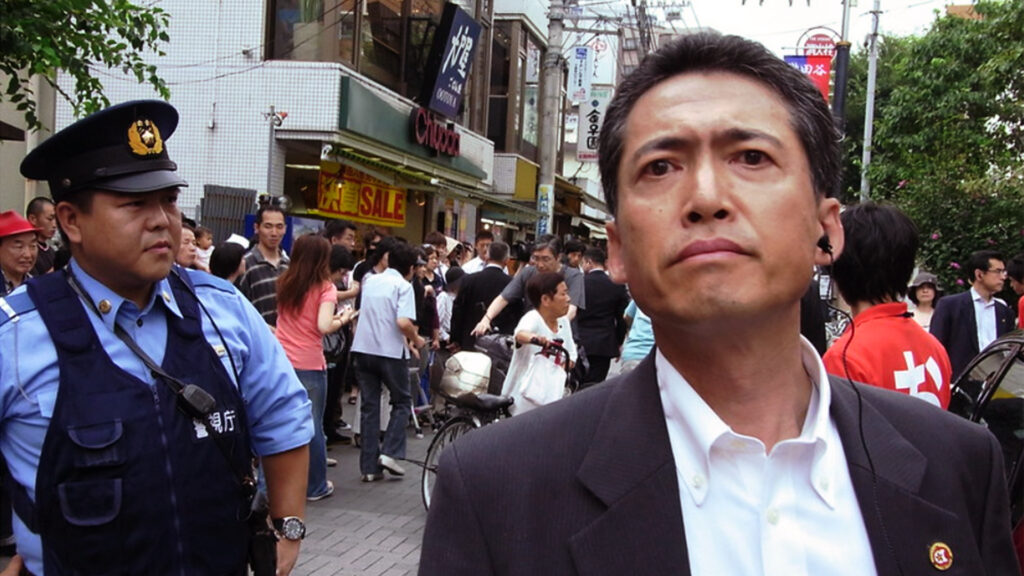Executive protection services ensure the safety of individuals in need in a world where nothing is secure. Threats will materialize from virtually anywhere, in different forms, and in varying directions.
However, there are additional considerations for VIPs, company execs, and other high-net-worth individuals. The types of risks they face are often tied to their professional status, wealth, and geographical location.
And while risk exposure may vary, implementing executive protection services allows clients to continue their everyday routine – safely and with minimal disruption. The reality for many clients in the spotlight is that executive protection is a necessity.
Take, for instance, political leaders who aim to travel safely and seamlessly while maintaining privacy and discretion. An elite security team is there to facilitate everything necessary that avoids placing the principal in a vulnerable or life-threatening situation.
According to Adam Taylor, Managing Partner at Kinetic Intelligence, a close protection agent will employ methods and actions that add to or take away from the efficiency of the business they protect. “Even if your principal is an individual and does not associate with a known company, they are still in effect a ‘brand’ and one that is likely worth preserving,” states Taylor.
The Need to Provide Good Continuity
Organizations employ executive protection services for the sole reason of mitigating any probable risks. However, the nature of these risks and the approach service providers take to achieve mitigation look different for every client.
The risk of an adverse event may be at an all-time high for a specific client. For example, ongoing threats from a highly suspect individual. In such a case, security personnel will consider extra precautions to anticipate, prepare, and plan for the type of contingency that threatens the client.
Consequently, a successful adversary threat on the exec and their company immediately impacts that individual and their family. Secondly, the interests of the company and its shareholders may be severely hit, creating a ripple effect.
Moreover, a company’s perceived value – its reputation and competitive edge – is often tied to its high-profile members. Therefore, the sudden incapacitation or the untimely death of an organization’s CEO is an interruption that few businesses can afford. For one thing, share prices and employee productivity can plummet, leaving a state of disorder.
And while such events are likely to cause knee-jerk reactions from disruptions, it calls for the absolute need for brands or organizations to utilize executive protective services and provide good continuity for themselves.
Of course, the use of such protection assistance doesn’t guarantee that similar circumstances won’t occur. Yet, the combination of intelligence gathering, protective planning, armed drivers, and medically trained security personnel on the scene greatly reduces this likelihood.
Many C-Suite officials push back, stating “they” are comfortable with reduced EP details or none at all sometimes. This article calls out continuity and reputation, which are not the individual’s to manage but ultimately the board of directors for publicly traded companies. It’s their risk tolerance, not the individual’s, that matters.
We often make the mistake of stating that C-Suite lives are more valuable. It’s a flawed position because ALL lives matter. The difference is that the threat level is different because of who the C-Suite person represents and the business continuity jeopardy, NOT the value of the life.
— Robert Currie, Owner & Founder, RC Advisory Services
Considering Probable Risks and Type of Protection
A security risk assessment is a critical first step in designing any security program. Likewise, an organization will consider several factors before settling on and exerting special forms of protection. Likewise, these factors can affect the assessment of risk probability.
Not to mention, assessing risk probability is more complex than one would expect, having to comply with demanding standards. At times, it involves intelligence to identify possible persons and groups of interest.
When it comes to identifying risks and assessment planning, it’s vital to logically and methodically consider risk prominence and the factors relating to the type of service provision, including:
- Threat origin (local, regional, or international),
- Person and groups of interest,
- Access control,
- Site security (perimeters, vehicle controls, etc.), and
- Resources and budget.
For example, a prominent risk for an executive abroad is getting hurt in a road accident. The risk is greater in some cities and countries than in others, making incident reporting, checklists, and secure transportation a vital part of executive protection services when traveling.
Travel: A Smooth Experience or Physical Nightmare
For most C-suites, travel takes up a large proportion of their time. Now, depending on the level of planning and risk assessment executed, the experience will either be a smooth assignment or a horrendous ordeal.
Should a crisis arise — especially in countries with disproportionate income, high crime rates, and hostile environments — a well-trained team equipped with the necessary skills and armaments will safely remove the client from the situation.
Having armed protection while traveling usually includes a team focused on preparation and prevention measures. The EP crew may include:
- Specialist agents,
- Armed/unarmed drivers,
- Guide and/or translator,
- Armored vehicles, and more.
The number of agents a client needs varies and depends on the level of exposure to danger, the number of sites to secure, and the number of individuals necessary to execute the job.
From a practical perspective, a trip to the Northeastern part of Nigeria for a client at risk of kidnapping calls for at least five specially trained agents, an advanced driver, and a local guide to accompany the client.
The team will plan for multiple routes to destinations, create backup plans, and prepare for medical emergencies. Moreover, during outings, several officers can be stationed to border the perimeter of the crowd, while the rest remain near the principal to shield them.
Remember: The safety and well-being of the individual are first and foremost.
Executive Protection Services – More Than Physical Prowess
A common misconception out there is that by hiring protective services you receive large, bulky bodyguards that exude nothing more than physical prowess. Yes, associates that have the relevant training and experience in high-threat situations are a big asset to the team.
But, maintaining physical readiness is one aspect that helps EP agents perform their duties at the highest level.
Additionally, the expectation for agents today is to operate like chameleons with increased training and knowledge of IT, cyber, and now also medical protocols and procedures.
The highly sought-after and valued traits of a close protection officer include:
- Interpersonal and leadership skills,
- Resourcefulness,
- Intelligence,
- Self-motivation,
- Attention to detail, and
- Situational awareness.
Believe it or not, an operative’s best weapons include the list above, not just their sheer physical strength. Furthermore, discretion is an ideal quality that makes for an effective executive protection detail.
And why does this matter so much? Well, providing top-notch executive protective services relies on capable and active members of a team. And that team is only as capable as its weakest member.
The Takeaway
Protective services are imperative in today’s world – an unfortunate but harsh reality of living and working in the 21st century. All the more so for people in high power positions.
When it comes to protecting VIPs, executives, and high-net-worth individuals is not something to be taken lightly. The services implemented should complement and enable the business of the principal to grow while ensuring the security of assets at all times.
The best executive protection teams have a solid security strategy in place and remain unobtrusive to help reduce the risk of any unwanted events. That way, the C-suite can concentrate on their work and not worry about what happens next around them.







